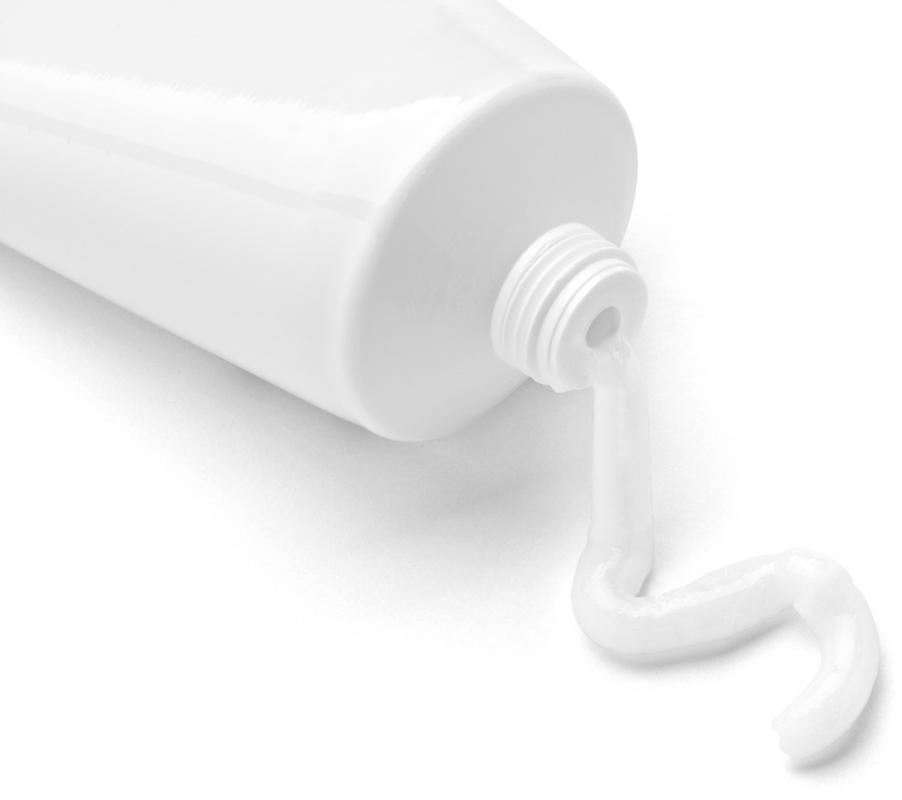At TheHealthBoard, we're committed to delivering accurate, trustworthy information. Our expert-authored content is rigorously fact-checked and sourced from credible authorities. Discover how we uphold the highest standards in providing you with reliable knowledge.
What Are HIV Rashes?
Human Immunodeficiency Virus (HIV) rashes are skin changes associated with an infection of the virus or the medications used to treat it. Many patients with HIV experience skin rashes at some point. If it develops into full-blown Acquired Immune Deficiency Syndrome (AIDS), these rashes can become more severe. Skin conditions are a cause for concern in HIV patients, and it is important to discuss them with a medical professional. Many treatment options are available to address HIV rashes and their underlying causes.
One type of rash linked to HIV occurs during the stage known as seroconversion, where a person exposed to the virus develops antibodies to it and begins to display signs of active infection. This usually occurs between two and four weeks after the initial exposure and can cause a variety of flu-like symptoms. Some patients develop a rash, which may be the first warning sign of infection. Other patients do not experience distinctive symptoms at the time of seroconversion, and may not notice any significant changes at this stage of the disease.

Patients with active cases of HIV can develop rashes periodically, along with other physical changes. The rashes can vary in size and characteristics; some may be small spots, while others may cover substantial portions of the body. A healthcare professional can evaluate HIV rashes to learn more about them and determine if the patient needs treatment. Medications like steroid creams may reduce the symptoms and make the patient more comfortable.

People can also develop rashes as a reaction to some HIV medications. Especially when patients change medications or adjust dosages, it is not uncommon to develop some skin irritation. This should resolve as the patient gets accustomed to the medication. If a rash persists or grows worse, however, it may be a sign of an underlying problem. For example, skin irritation can also occur in the case of skin infections, which can be more serious in HIV patients because their immune systems are not as robust.

There is also a potential to develop a very serious HIV complication known as Drug Rash with Eosinophilia and System Symptoms (DRESS). Patients with this condition develop a distinctive skin rash, a proliferation of white blood cells, and whole-body symptoms. Internal organs can be involved, along with swelling of the extremities. The development of DRESS may require hospitalization for treatment if a patient becomes extremely unstable, as may occur with severe liver or kidney damage.
AS FEATURED ON:
AS FEATURED ON:














Discussion Comments
How does the rash feel? Is it itchy? And what does it look like? How can you tell the difference between a normal rash and HIV rash?
What I want to know is, if you are exposed to HIV can your immune system fight it off?
What does this rash look like?
@burcidi-- I'm a med student and based on my knowledge, the rash that happens due to Acute Retroviral Syndrome (ARS), which is the initial stage of an HIV infection, generally shows up between the second and fourth week after exposure.
Rashes due to various other reasons can show up later on and the article went through those possibilities. But the rash that is often mentioned as an identifying symptom of an HIV infection shows up early. And it's usually on the face, neck and chest.
There is no way of knowing if the individual is actually HIV positive at that point in time though because HIV testing can only confirm infection after 3 months of exposure. So it's not a good idea to jump to conclusions and diagnose yourself as HIV positive based on a rash. The best thing to do is wait 3 months and get tested.
One other thing I want to mention is that HIV rashes are not contagious. Some people seem to have come to this conclusion and fear that they may get infected from physical contact with someone's rash. This is not possible. Infection only happens with transfer of bodily fluids.
@ysmina-- Are you sure that you didn't have a rash before that?
I spoke to my doctor on the phone today because of a rash I've developed. It's been two months since I had protected sex with someone and I've been really worried that this is a symptom of HIV.
However, my doctor said that the rash associated with HIV shows up early- around the first three weeks. And it usually happens along with flu and cold symptoms. Since I had protected sex, he doesn't think that I am at risk for HIV and told me that I don't need to be tested.
Can HIV rashes show up so many weeks after being exposed to the virus?
I had rashes after the first month of exposure to HIV. It was actually what prompted me to go get tested which turned out positive.
I also had flu like symptoms before that but since it was winter and everyone else was sick, I assumed that I had caught something and didn't think about HIV.
The rash however started in the second month and first appeared around my neck. Then it started to spread to my chest. I became very worried then and went to the hospital for testing. I might have waited much longer if it hadn't been for the rash.
Post your comments